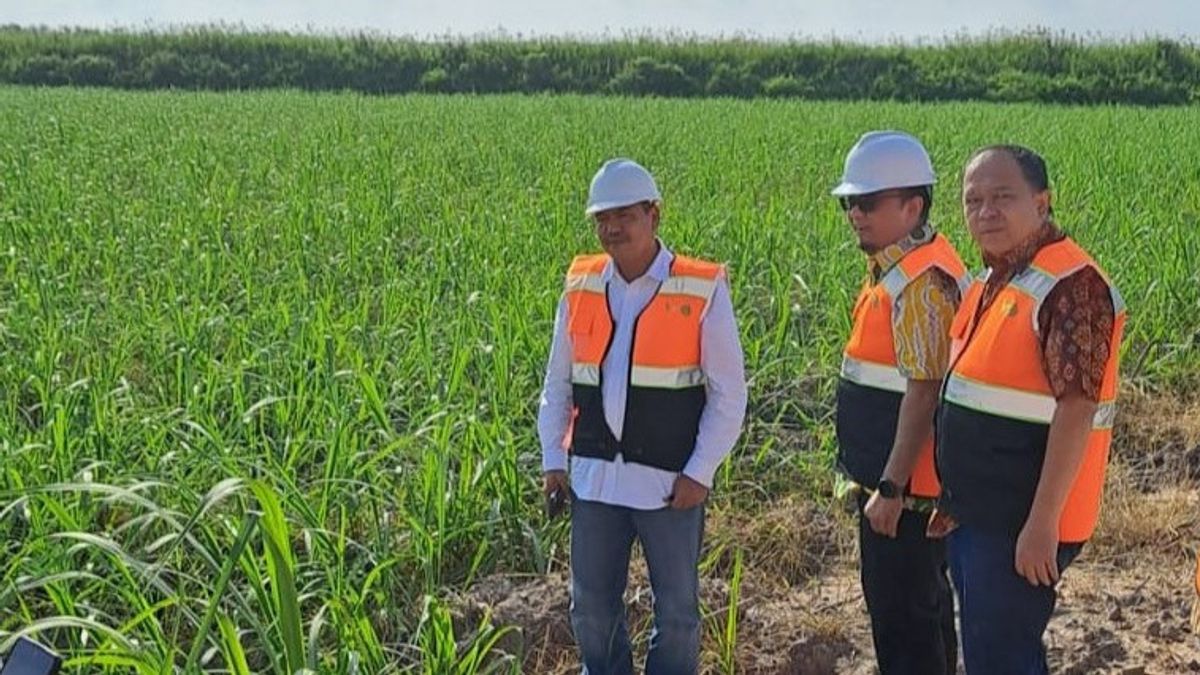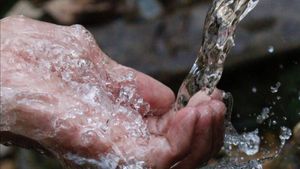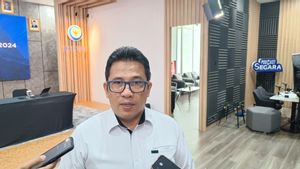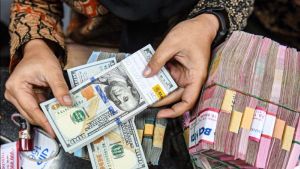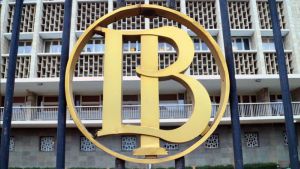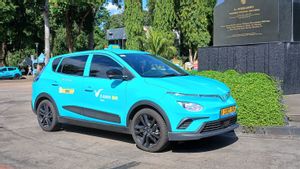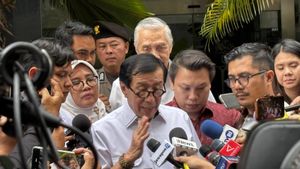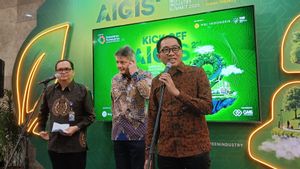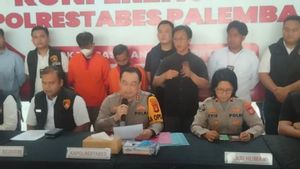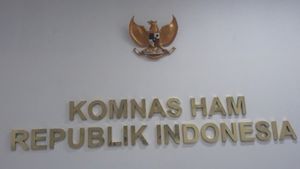JAKARTA - The Ministry of Industry (Kemenperin) focuses on encouraging increased productivity and development of the sugar industry, especially through an integrated concept with sugarcane plantations, both in highlands and swampland.
This step is taken to accelerate the increasing fulfillment of sugar needs, both to meet the needs of the community and raw materials for a number of industrial sectors.
Indonesia is known to have the potential to develop sugarcane plantations in swamplands, one of which is located in Ogan Komering Ilir (OKI) Regency, South Sumatra, which is the first plantation in Indonesia in a swampland.
"This plantation was developed by PT Pratama Nusantara Sakti (PT PNS) since 2009," said Director General of Agro Industry at the Ministry of Industry Putu Juli Ardika in a written statement, Friday, May 19.
The Ministry of Industry appreciates the efforts and successes achieved by PT PNS in developing an integrated sugar industry with sugarcane plantations in swampland.
PT PNS conducted sugarcane planting for the first time in 2013 and until 2022 has planted an area of 11,400 Ha, including a 211 Ha partnership program involving about 133 families.
Sugar cane plants in swampland turned out to be above the national sugarcane crop productivity average, reaching 100 tons/Ha.
The company has completed the construction of a sugar factory with a capacity of 6,000 tons of cane per day (TCD) and is commissioning in 2020.
Production of sugar commercially from sugar cane crops begins in 2021.
Then, PT PNS has been ready to increase investment to increase the mill capacity to 12,000 TCD with efforts to open new land and develop a sugarcane planting partnership to 25,000 Ha.
"PT PNS is a pioneer company that has transformed the use of swampland into a productive sugar cane plantation in Indonesia, where PT PNS has succeeded in transferring the function of unproductive swampland (marginal land) into productive land for sugarcane planting," said Putu.
According to Putu, the business of utilizing swamps as sugar cane production land still faces several obstacles that cause the production of Basic Prices (HPP) of sugar to become high, such as high transportation costs for the transportation of facilities and infrastructure which includes tools, fertilizers, and coal.
Meanwhile, the Director of Business Supporters of PT PNS Isman Hariyanto confirmed that transportation facilities are one of the main supports in increasing the competitiveness of PT PNS' sugar products.
Currently, access to the Kayu Agung Toll Road from Gajah Mati Hamlet or outside the PT PNS area is around 225 KM, most of which have been built through the Special Allocation Fund (DAK) of the OKI Regency Government.
"It is hoped that the construction of the remaining roads can be continued to increase access and ease of transportation for both the community and industry," said Isman.
In the future, PT PNS is committed to supporting government programs to become role models in the use of swampland into sugarcane plantations.
The English, Chinese, Japanese, Arabic, and French versions are automatically generated by the AI. So there may still be inaccuracies in translating, please always see Indonesian as our main language. (system supported by DigitalSiber.id)
